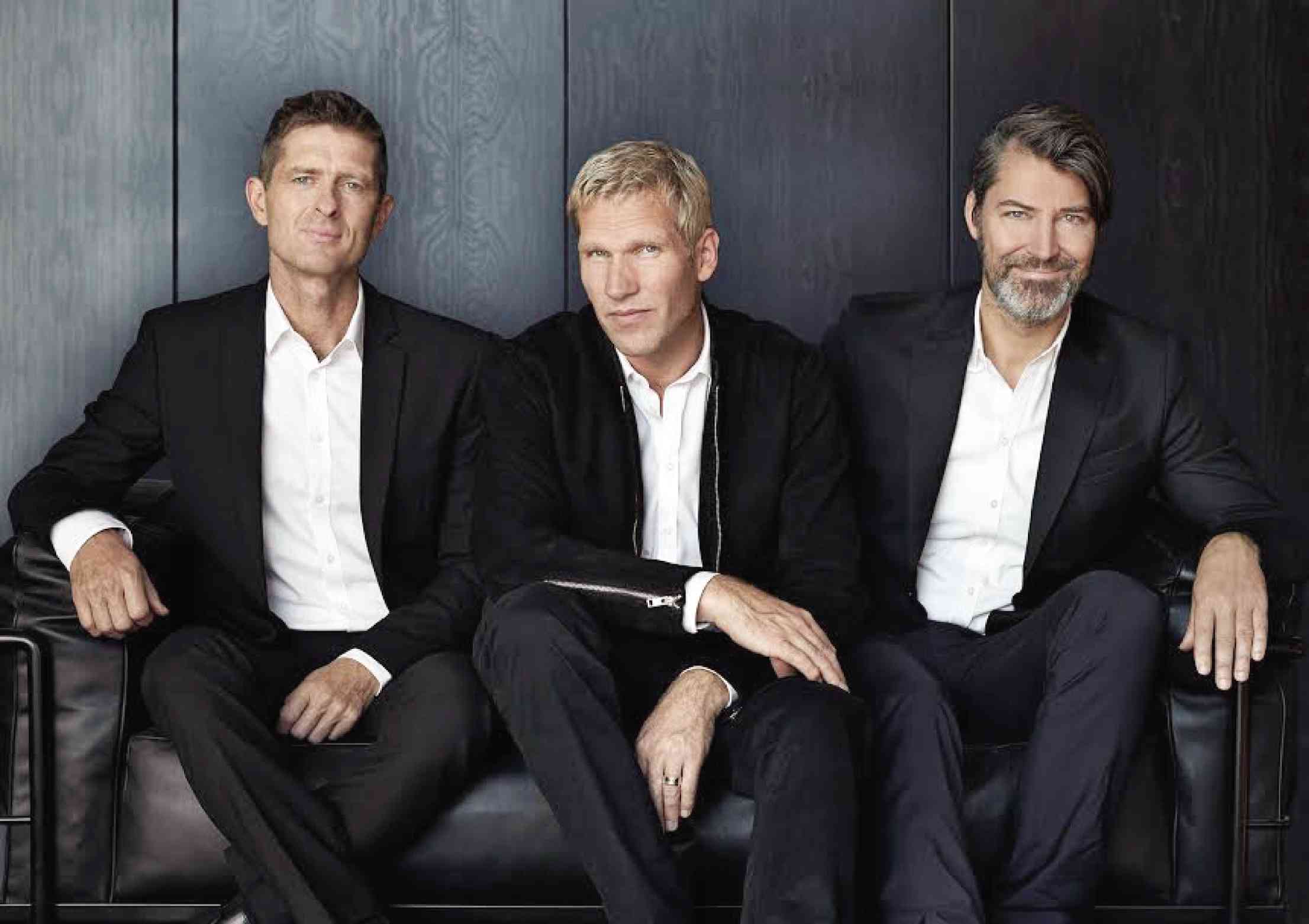The Danish group Michael Learns to Rock (MLTR) has performed in the Philippines many times in the past. And one of the biggest reasons the band never tires of returning to the country, drummer Kåre Wanscher said, is that Filipino fans are some of the best people to sing with.
“In the Philippines, our concerts turn into big karaoke parties like nowhere else. And that means a lot to us,” he told the Inquirer in a recent e-mail interview arranged by Ovation Productions.
“Filipino fans are special to us. First, they have been with us from Day 1 as a very supportive audience … an audience of great singers! They have given us some of the best live experiences ever in our career,” he added.
The soft rock band, also composed of lead vocalist Jascha Richter and Mikkel Lentz, will hold a series of concerts this month: Dec. 4 at SMX Convention Center in Davao; Dec. 6 at Sta. Rosa Sports Coliseum in Laguna; Dec. 7 at the Waterfront Hotel Ballroom in Cebu; and Dec. 9 at Smart Araneta Coliseum (call 911-5555).
Aside from their popular hits, which include “The Actor,” “25 Minutes,” “Paint My Love,” “Take Me to Your Heart and “Sleeping Child,” the band will also play songs from its ninth and latest studio album, “Still.”
“We constantly work on improving and adjusting our live shows. This time, we focus on giving an honest and energetic version of all the well-known hits, together with lots of emotional visual effects,” Kåre said.
Excerpts from the Inquirer’s interview with Kåre:
A lot of your songs are karaoke staples here. What do you think makes your music “singable” to listeners? The melodies are very catchy. Jascha has a special gift when it comes to writing songs everybody can sing along with after hearing them once or twice. Also, the lyrics are somewhat easy to understand, which makes them more karaoke-friendly.
Can you tell us more about your latest album, “Still”? We realized that Jascha had written a bunch of great songs that would be perfect to release in an old-fashioned album format.
We wanted to give the album a modern sound and hooked up with a great Danish producer to help us get the tracks down in the right way.
The recording process was fun … a trip down memory lane because we recorded it in the same studio as we did when we recorded our early albums, “Michael Learns to Rock”, “Played on Pepper” and “Nothing to Lose.”
How do the songs in “Still” differ from your past efforts? The band has never tried to follow current trends in music—and we still don’t. We prefer to make the kind of music that’s close to our hearts. That’s why we will always sound like MLTR.
To us, “Still” is what MLTR sounds like in 2018 and it isn’t important if people think this is similar to, or different from, our previous albums.
You held a contest in social media in order to find a title for the album. What are your thoughts on the various platforms available to music artists nowadays? As a band coming from the other part of the world, we’re very happy to connect with our fans through social media. It’s a wonderful and direct way to keep in touch with them.
The album title competition was fun, and we got so many great suggestions.
You have been together for 30 years now. What kept you guys together? Was there ever a point when you thought about pursuing solo careers, or creating new bands? The love we get from our fans is what keeps us together. Without them, we wouldn’t be here. There had been times when we struggled to keep the band together. However, our shared love for music has always been too strong for us to let go.
Does performing onstage still excite you or make you nervous? How do you make each show feel new? We absolutely love performing live onstage. It’s like the award we get for all the hard work, the traveling, the promo and the many hours in the studio. The great thing about performing live is that it’s never the same feeling, because the audience is different; the venue and the country are different.
It’s always exciting going onstage with an open mind, letting the interaction with the audience lead the way.
